Cargando...
Recursos educativos
-
Nivel educativo
-
Competencias
-
Tipología
-
Idioma
-
Tipo de medio
-
Tipo de actividad
-
Destinatarios
-
Tipo de audiencia
-
Creador
-

How does sound travel through air?
Cristina Seco Organización
- 670 visitas
A demonstration of how particles vibrate and collide with one another to create sound.
-
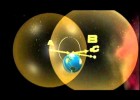
How Does GPS Work by NASA
V&V Books Vicens Vives Organización
- 956 visitas
Educational video on the Global Positioning System (GPS)
-

How does the EU affect you?
V&V Books Vicens Vives Organización
- 411 visitas
A brief look at some of the issues dealt with at EU level. This has been recorded for use in classrooms when learning about the EU and should be used in conj...
-

What Does the World Eat for Breakfast?
Ingrid Tomalá Docente
- 2 lo usan
- 479 visitas
Where should your taste buds actually live? Post to Facebook: http://on.fb.me/1ep1sRf Like BuzzFeedVideo on Facebook: http://on.fb.me/1ilcE7k Post to Twitter...
-
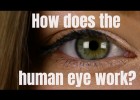
How does the human eye work?
V&V Books Vicens Vives Organización
- 995 visitas
Your vision allows you to see the world around you.Light passes through your cornea through your pupil, which is controlled by your cornea to your retina.You...
-

Why does the Moon have craters?
Esdres Jaruchik Organización
- 1 lo usan
- 246 visitas
Nasa official webpage. It explains how craters are created.
-
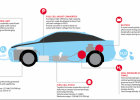
How does a hydrogen car work?
V&V Books Vicens Vives Organización
- 808 visitas
Some brands believe hydrogen cars are the real answer to sustainable mobility. Here's how they work
-

How Does A Fire Extinguisher Work?
V&V Books Vicens Vives Organización
- 432 visitas
All the fire extinguishers work on a basic principle of removing any of the three basic elements of combustion: oxygen, heat or fuel.
-
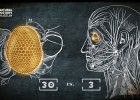
How does the human eye work?
V&V Books Vicens Vives Organización
- 433 visitas
Discover how comparing dragonfly and human vision can give us a new appreciation for both.
-
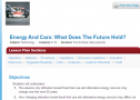
Energy and cars: What does the future hold?
Tiching explorer Organización
- 1 lo usan
- 3671 visitas
Resource consisting of a lesson plan designed to understand the reasons why attitudes toward fossil fuel use and alternative energy sources may change over the next 50 years.
Te estamos redirigiendo a la ficha del libro...













